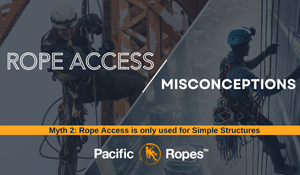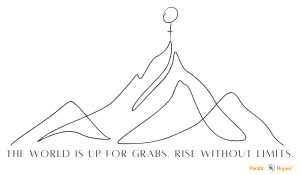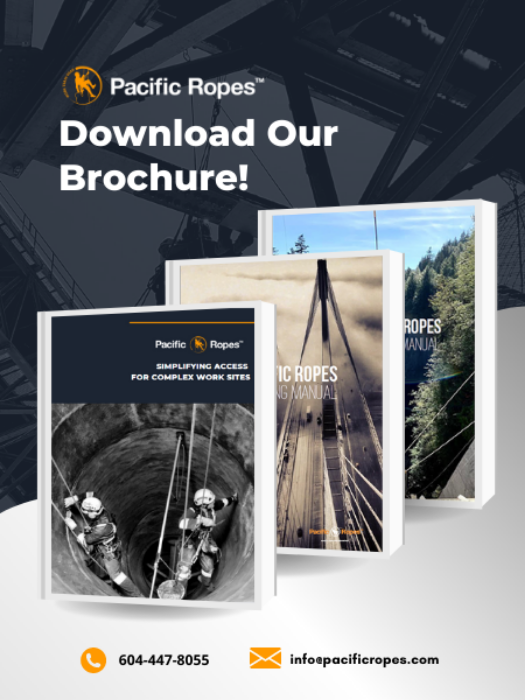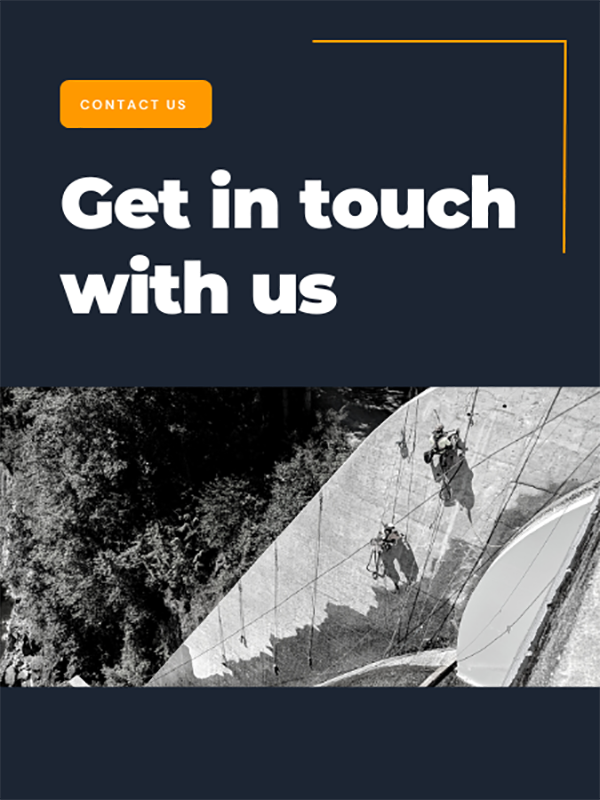On April 1st, 2019, SPRAT will be implementing the changes in their certification requirements. The re-evaluation of the certification requirements has been a collaborative, time-intensive process between SPRAT committees, board of directors, and members. The intention is to create a system that best prepares SPRAT technicians for the realities they face out in the work place.
Below is a summary of these changes according to level. If you're a SPRAT technician looking to upgrade or re-certify this month, please keep these changes in mind. The changes will take effect April 1st so if you train with us before April 1st, and for whatever reason have to come back to re-evaluate your SPRAT after April 1st, your second evaluation will be according to these new standards.
This transition will be a bit rocky for some techs, depending on how much practice and experience you've gained between your SPRAT training. But, our instructors are ready to help guide you through this transition so that you can be prepared for your next evaluation!
SPRAT Level 1
- The long re-belay is now called a re-anchor.
- No longer required to demonstrate a short re-belay. The idea behind this is that if you can demonstrate a long re-anchor, then you know the steps to do a short re-belay/re-anchor.
- Rigging a simple anchorage system now includes the element of load-sharing between two anchorages.
- You will no longer be required to demonstrate climbing with shock-absorbing lanyards.
- Horizontal aid-climbing is required (previously a level 2 requirement).
- Belaying with communication and lowering is now combined with the skill of rigging and operating a haul and lower system. The rigging and operating a hauling and lowering system used to be an "awareness" skill but is now required in combination of belaying and lowering.
- No longer need to demonstrate using a work seat. You can still use one of course but it's not a requirement to do so during your evaluation.
- The level 1 rescue is now scenario based. You are required to demonstrate approaching the casualty, who is in ascent mode, on an adjacent set of ropes, then change them over to descent mode, then perform the rescue from descent.
SPRAT Level 2
- Under knots and hitches, you need to demonstrate a Prusik hitch and a tied-off Münter hitch.
- Pull-through anchors is now called Retrievable Rope Systems.
- Load Sharing Anchors are now described with different language. Ex. Anchorage systems versus anchors.
- Vertical aid climbing required.
- Pick-off rescue of casualty through knots required (previously a level 3 requirement).
- Rescue from horizontal aid traverse required (previously a level 3 requirement).
- Rigging and Operating a Rope Access System Pre-rigged to Lower (previously a level 3 requirement).
- Pitch Head Break in and Lower (Named differently. Used to be called Rescue Hauling with Mechanical Advantage Systems).
- Cross Hauling (cleaned up language).
SPRAT Level 3
- No more requirement to present a current First Aid/CPR.
- Removed Mechanical Anchor Systems.
- Team Leadership and Supervision has been revised to just Team Scenario.
- Pick-off Rescue of Casualty while Negotiating Obstacles. You may be asked to do this while negotiating a deviation or re-anchor. You may also be asked to do this while the casualty is within an obstacle (mid-transfer) such as a re-anchor or rope-to-rope transfer.
- Hauling and Lowering Through Knots
We're hosting a open gym on March 23, 2019 to discuss some of these changes and to give everyone a chance to freshen up their skills! Some of our local SPRAT reps will be there to answer questions about these changes and we'll have some practice time before we chow down on some BBQ! To register for this event, click below!




